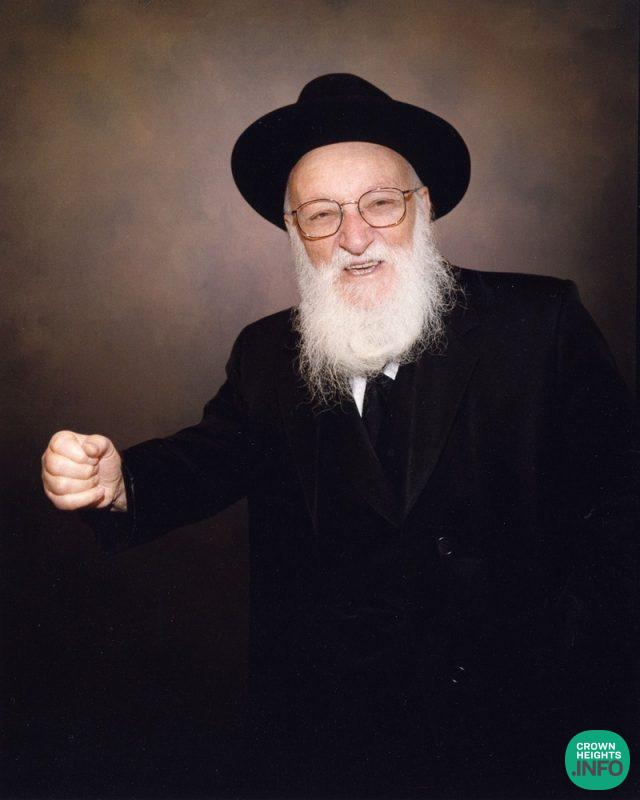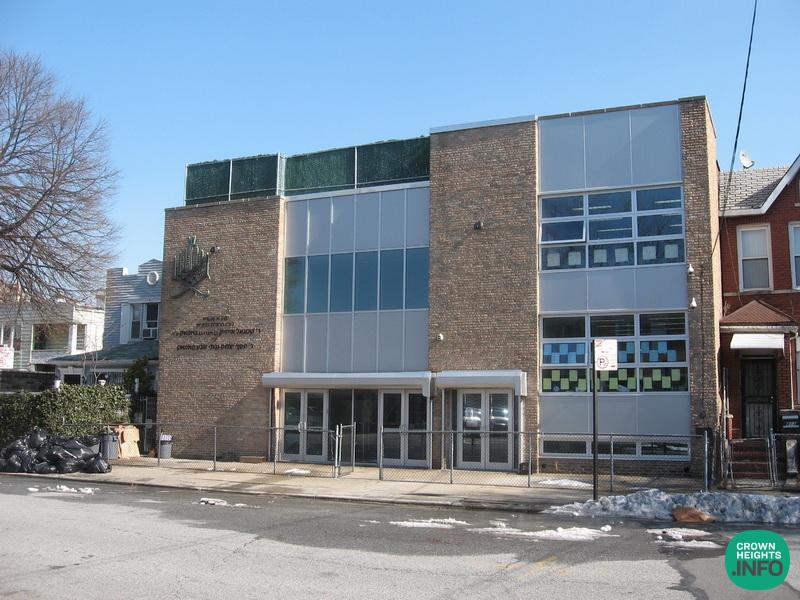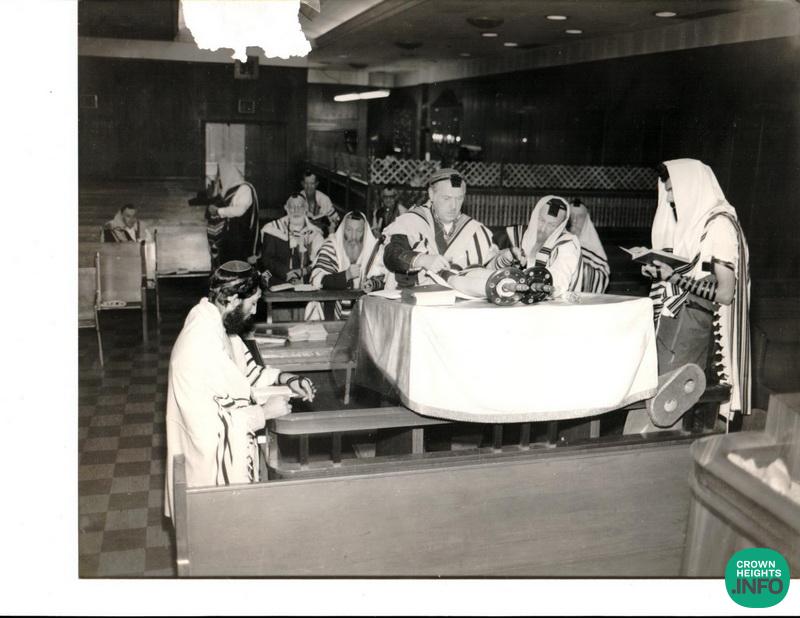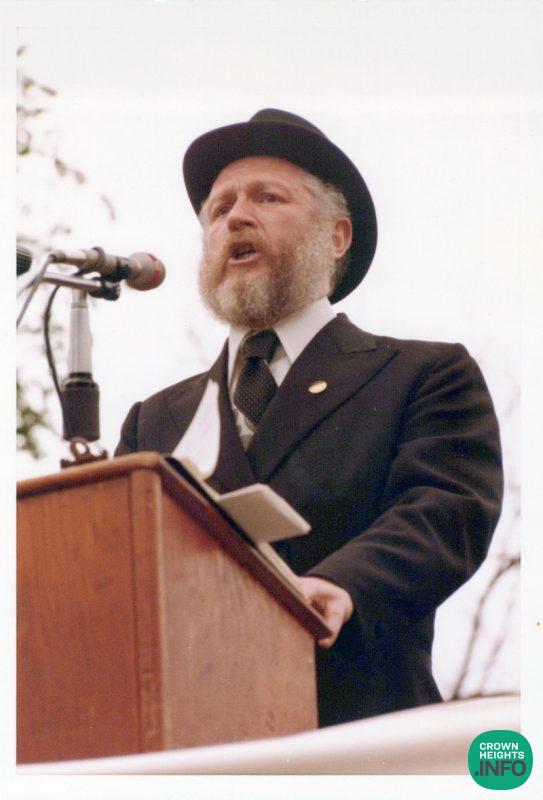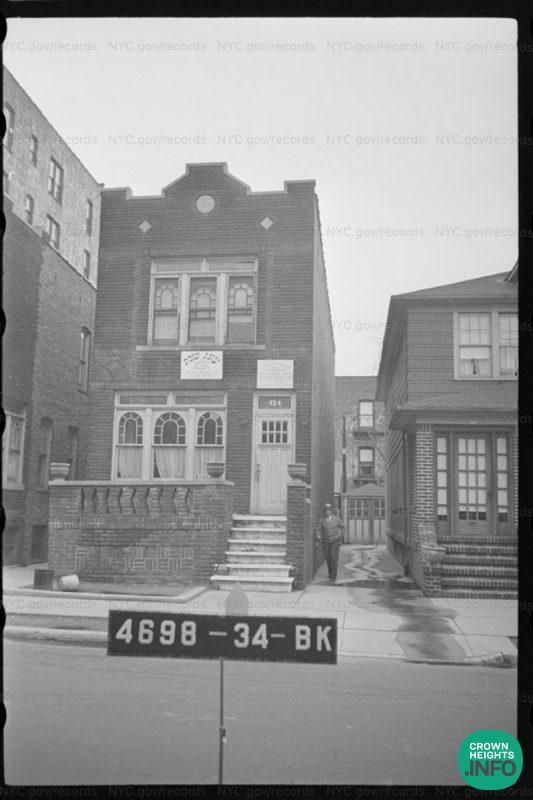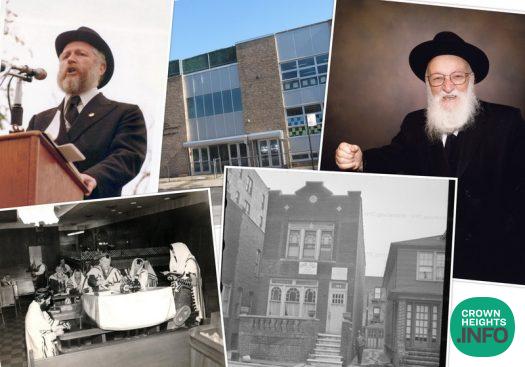
East Flatbush Community in Contract for New Shul
The community of East Flatbush/Remsen Village is now in contract to buy a large, spacious building as a shul and community center.
East Flatbush has an old Jewish and Lubavitch history. In its prime, it boasted tens of thousands of Jews, with shuls, kosher shops, and schools on every corner. Walking down the streets and avenues, you were certain to hear snippets of Yiddish conversation of shopkeepers haggling their wares, housewives sharing the latest news, and children playing jacks or marbles.
Many Lubavitchers lived in East Flatbush, the neighborhood bordering Crown Heights’ south and southeast ends. One Lubavitcher shul there was Oneg Shabbos, led by Rabbi Chaim Meir Bukiet a”h, on 454 E. 51st St. This shul had the unique distinction of being the first location of Tomchei Temimim in America, from Shushan Purim 5700 until the end of Cheshvan the following year.
Another shul was Congregation Yeshiva Rabbi Meir Simcha Hakohen, led by Rabbi J. J. Hecht a”h, at 309 E. 53rd St. The shamash there was Reb Mottel Shusterman, who would put tefillin on the many people who would attend daily to say kaddish. Yet another Chabad shul, Chevre Bikur Cholim Anshei Lubavitch, was located at 80 E 95th St.
Notable non-Lubavitch figures who lived in East Flatbush included Rabbi Yitzchok Hutner, Rabbi Avigdor Miller, Chazzan Dovid Werdyger and his son Mordechai, Rabbi Yitzchok Yoel Rabinowitz (the Monistricher Rebbe), and Rabbi Chaim Shlomo Rottenberg (the Kosoner/Kozover Rebbe).
The Rebbe was involved in many aspects of the community. For example, he encouraged the building of a mikvah there, and even participated in it financially. When demographics shifted and the community’s color changed, the Rebbe fought for Jews to remain in the area. In one instance, he directed the Wilansky family, who lived on Remsen Ave. and Winthrop St., not to sell until they were the last Jews on the block. Similarly, while many shuls closed, Rabbi Bukiet and Rabbi Hecht led their respective shuls until the 1990s.
Reb Michoel Teitelbaum’s superhuman efforts on behalf of East Flatbush are legendary. When local Jews had long left, he singlehandedly succeeded in keeping several East Flatbush shuls open, making sure they had minyanim on a daily basis.
In one case, individuals who felt they had rights to a certain shul brought him to court. Reb Michoel told the Rebbe about this, and the Rebbe gave him a brachah that everything would turn out well. Indeed, the judge ruled in his favor, even beyond what was expected. This building is currently the Oholei Torah kindergarten at 407 E. 53rd St.
Thanks to the Rebbe’s call to preserve the shechunah,Crown Heights remained intact. However, East Flatbush was not so lucky. Aside for these notable exceptions, most Jewish residents moved to sunnier pastures, leaving these once booming strongholds to deteriorate.
For forty years, the neighborhood lay dormant. Shuls were sold to churches and mezuzahs were painted over. Graffiti replaced Yiddish and boomboxes replaced tefillos. This was not the place you would feel safe venturing to at night—or even by day, for that matter.
Then, some six years ago, the tables turned once again. A small group of families ventured out to extend what was always perceived as the border of Crown Heights and moved to the neighborhood of Remsen Village, the eastern section of East Flatbush.
In the years that followed, the growth has simply been staggering. Over a hundred Jewish families now call this neighborhood home, with more families moving in each month. Yiddishkeit and Chassidishkeit thrive here, visible, fresh, and vibrant. It’s a veritable extension of Crown Heights proper.
What the community lacks, though, is a proper shul. The present shul, currently housed in a basement, is bursting out of its seams. But with the Rebbe’s brachos, this will soon change.
In what was a clear act of hashgachah pratis, a beautiful building became available for purchase, right on the corner of Clarkson and Remsen Avenues. The size of the building and its proximity to virtually all residents has made securing this building not only incredibly important, but indeed absolutely necessary in order to sustain the continued growth and development of the community.
The plans are in place to host minyanim, classes for men and women, separate mikvaos for men and women, a library for both children and adults, a children’s playroom, and a Simchah hall.
This week, the community is launching a campaign to make this building a reality. Please take part in the inspiring efforts of this thriving young community by clicking here.
